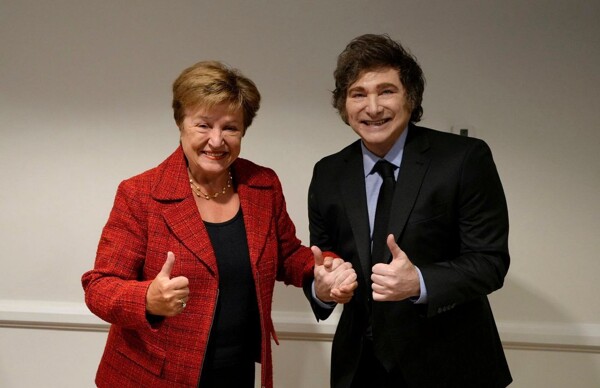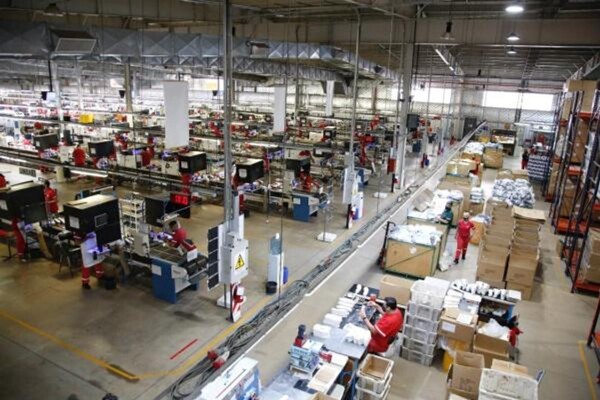
The offer from exporters through the blend dollar has led to the exchange rate between the MEP dollar and the cash with settlement being negative, with the CCL even falling below the MEP at certain times.
The Central Bank of the Argentine Republic (BCRA) expects an increase in reserves due to dollar loans. The entity intervened in the exchange market concerning the MEP dollar to facilitate card payments, a measure that took some time to implement.
"If they lower the blend from 20% to 15%, that would make the Central accumulate more reserves and have more dollars to intervene because it will buy more at the official rate," summarized Fabio Saraniti, executive director of Win Securities.
In a paradoxical context, while some savers sell dollars in the parallel market to pay their bills in pesos, others use legalized dollars to make payments abroad with a card, resulting in a decrease in private deposits.
The demand for dollars to replenish funds spent abroad and to make card payments has contributed to the rise of the Bolsa dollar. Additionally, at the beginning of the month, companies must meet payroll obligations, a situation that, combined with a month of low sales figures, has led many small and medium-sized enterprises to sell dollars in the informal market to meet these commitments.
The need for pesos in a completely dry financial environment has caused a 1% decrease in the price of the blue dollar, standing at $1215, while the MEP dollar remained stable at $1235, after experiencing a $10 increase during the day and an intervention from the central bank to stabilize it at closing.
"People are selling like crazy, in amounts of $200 or $300, to cover typical expenses at the beginning of the month," revealed currency traders. The no-money issuance policy in the last fifteen months and monetary adjustments have led to a shortage of pesos in the economy.














